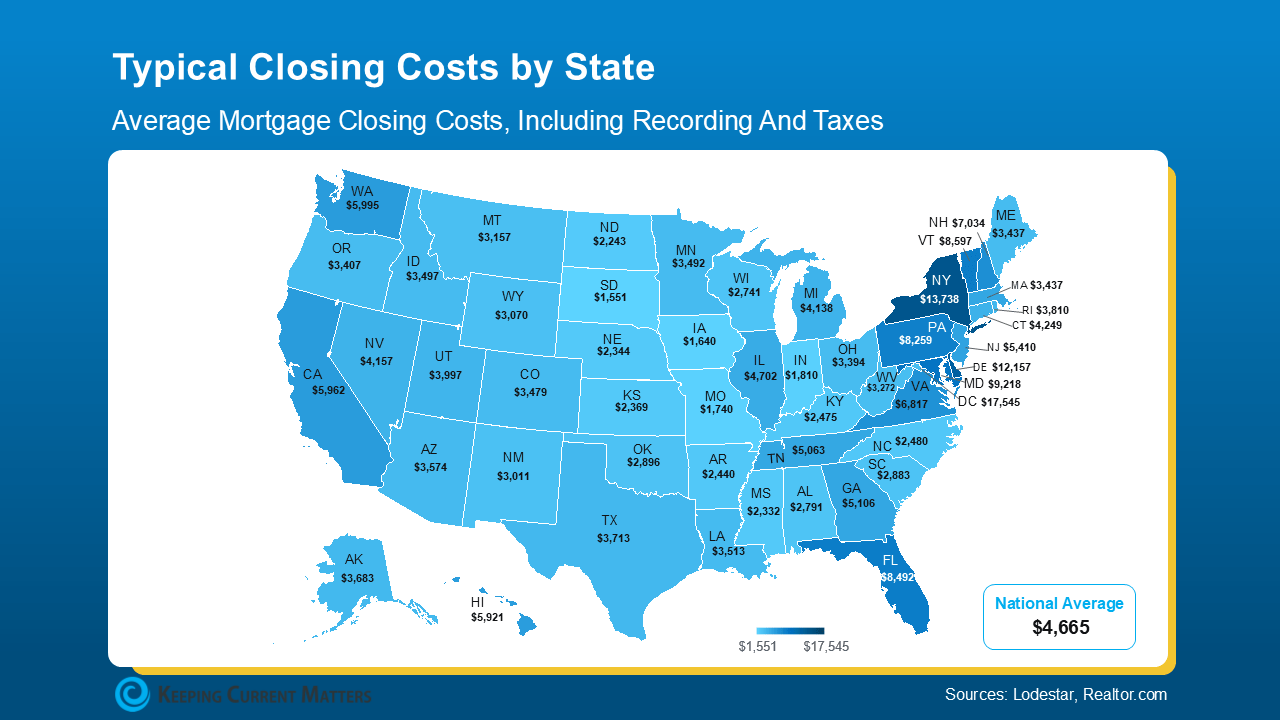Selling your home is a big move. It is not only a financial decision but also an emotional one. It may be hard to imagine that future buyers won't appreciate design features that you find charming, but the reality is that it’s a buyer’s positive first impressions that will sell your home fast. That’s why it's prudent to make repairs before listing your home, not after house hunters have seen a few warts.
According to real estate experts, targeted repairs can dramatically increase your chances of attracting buyers and securing a strong offer. These improvements can make your home shine and show potential buyers that it’s been well cared for over the years. Also, knocking these lower cost tasks off the punch list may make a buyer more forgiving of other issues that they may find along the road to securing a loan, finalizing inspection, and—ultimately—moving into their dream home. Real estate pros share the best advice they offer to their clients in this competitive market.
A Fresh Coat of Paint
One of the simplest and most transformative fixes is a fresh coat of paint. A cost-effective paint refresh in a neutral, bright white creates a blank canvas that allows buyers to imagine themselves in the space. “Apply a fresh coat of paint: This is the simplest way to reset a home," Amanda Valente, co-founder and COO of Renovation Sells. "Stick to light, buyer-friendly neutrals like beige or soft whites so rooms feel bigger and brighter.”
Light colors not only brighten rooms, but they also provide more versatility for staging furniture and photographs. In today’s digital-first real estate market, strategic pops of color should be in movable items like an accent throw or a fruit basket—items that buyers can easily remove to reimagine how they’d use the space if it were their own.
“While DIY renovations, like painting, can be tempting, hiring professionals ensures a clean and polished result that can make a big difference in how your home is perceived," Valente says. "It’s an investment that can pay off by attracting more serious buyers."
Fix the Lighting
Lighting sets the tone of a home. Poor or yellow lighting often makes rooms feel smaller or older than they really are. And while changing a light bulb or adding a new lampshade is simple enough, prospective buyers on a walk-through might not assume so.
Kori Sassower, founder and principal agent at The Kori Sassower Team in Westchester County, New York recommends starting with LED bulbs because they're “bright white and not a yellow light.” While you're at it, update fixtures for a more modern look, too. “For entry and dining chandeliers, you can get modern-looking ones that are inexpensive," Sassower says.
Remember, if a future buyer likes the house, they may want everything inside—including the fixtures. So if you’d planned on taking a chandelier or lamp with you to your new home, it’s probably best that it’s not on show for prospective buyers who might also fall in love with it.
If your light fixtures feel move-in ready, they may be a huge selling point, making them part of the deal.
Refresh Countertops
The kitchen is the heart of a home, and its condition often makes or breaks a buyer’s decision to make an offer—and the price of that offer. Countertops can play an outsized role in the calculations.
“Counters are the visual anchor of a kitchen,” says Valente. “If yours are scratched, worn, or outdated, swapping them out makes a huge impact. Quartz is a winning pick—it’s durable, easy to clean, and gives a natural stone look without the upkeep. Skip high-maintenance or loud patterns; broad buyer appeal wins.”
The same is true for countertops in the bathroom or laundry room. If they look dated, scratched, or simply out of sync with the rest of the home. It’s best to invest in a refresh before listing the home.
Update Cabinets
Much like countertops, cabinets are a modest investment that can pay off big. “Refresh your cabinets: This is one of the highest-ROI moves you can make,” Valente says. “Older wood tones date a space fast; a fresh coat of white, warm gray, or a soft neutral instantly feels open and current. Finish the look with new hardware—polished nickel, matte black, or antique brass all work and photograph beautifully.”
This fix allows homeowners to update the kitchen without the exorbitant cost of a full remodel. It’s best to avoid big rehabilitations for aesthetic purposes because the new buyer may not appreciate the change. In those cases, the upfront cost may not equate to a higher sale price.
Double Check Safety Equipment
Beyond cosmetic updates, safety features matter. Even if a buyer puts in an offer and you accept, most are required by their mortgage lender to perform an inspection. Buyers and inspectors alike want to know the home has been well-maintained and poses no hidden safety risks. Small repairs for little items can slow down closing, so it’s best to check these basics first. Fix loose banisters, install GFCI protection on electrical outlets near water (typically in the kitchen and sink areas), and replace the batteries in smoke and carbon monoxide detectors.
These repairs are not flashy, and they take no time to fix, so DIYing them early can make for smooth sailing after an offer.
Elevate Curb Appeal
A little curb appeal goes a long way in attracting buyers to step inside your home and make a competitive offer. But simple lawn care—mowing, weeding, trimming shrubs—creates an inviting atmosphere for potential buyers to take a chance on the interior.
Broken fences, dying bushes, and yellow grass make a home look unkempt. While a savvy buyer with imagination might see the house’s true value, they may be inclined to make a low-ball offer—assuming they would need to put money in after the sale to see the full potential of their purchase.
How Much Should You Budget for These Repairs?
Of course, one of the first questions homeowners ask is how much to budget for these updates. “I would budget around 10k for these repairs, the biggest expense being the painting of the interior of the home," Sassower suggests. "A local painter and electrician is who you will need to make the repairs. Don’t try to do this yourself unless you're a licensed painter or electrician. You want it to look like a professional job, so the buyers feel that the home has been well taken care of.”
Valente cautions against guessing on price. "Many people are unaware of costs, and end up overspending," she says. "Find a provider who can give you a true estimate, backed by real project data.”
Read more at Real Simple
Related Links
Do You Know How Much Your House Is Really Worth?
The Best Time to Buy a Home Is Coming Up—Here's When to Score a Real Estate Deal
8 Things You Should Never Store Under Your Bed
If there is a home that you would like more information about, if you are considering selling a property, or if you have questions about the housing market in your neighborhood, please reach out. We’re here to help.







